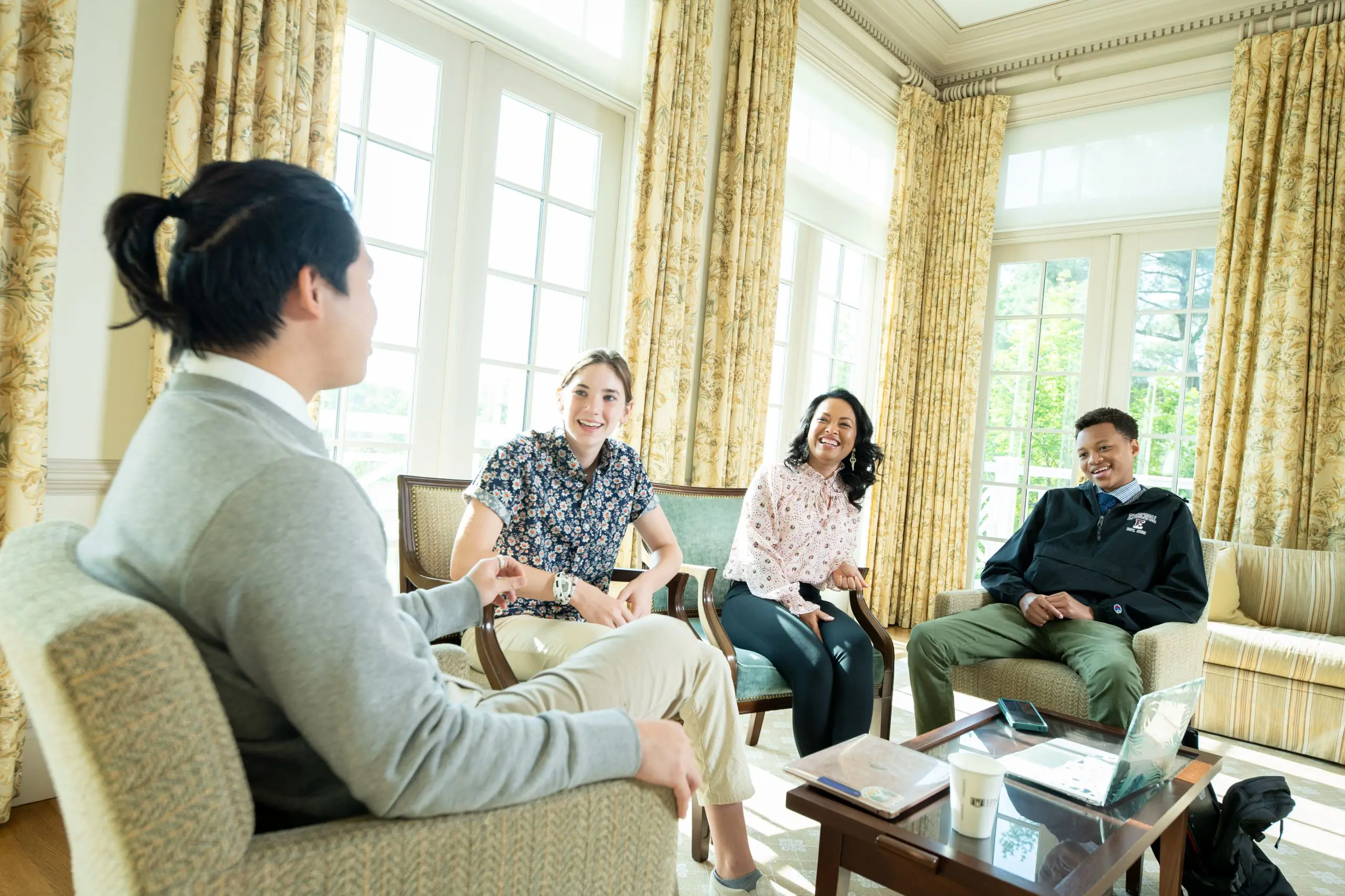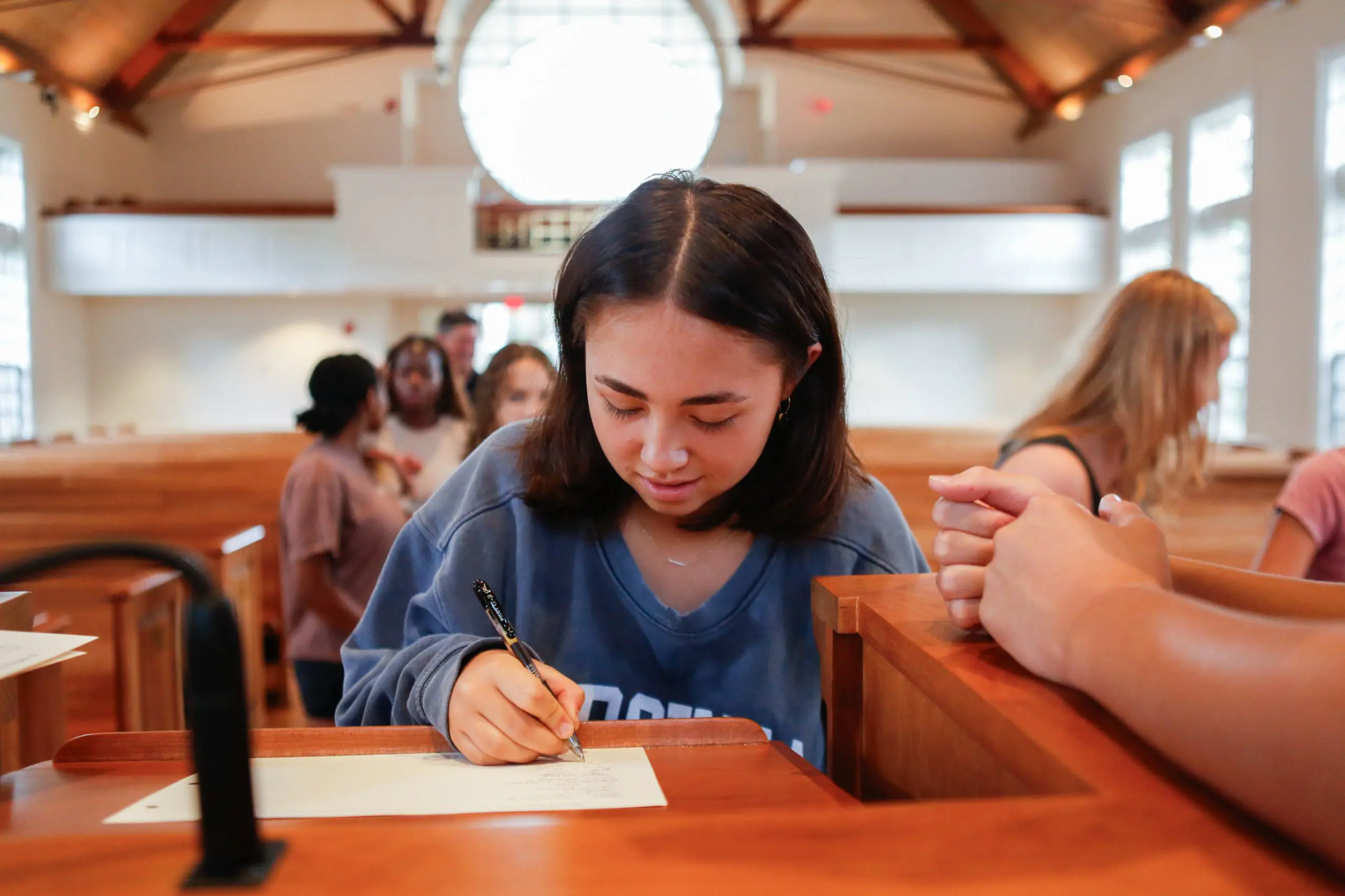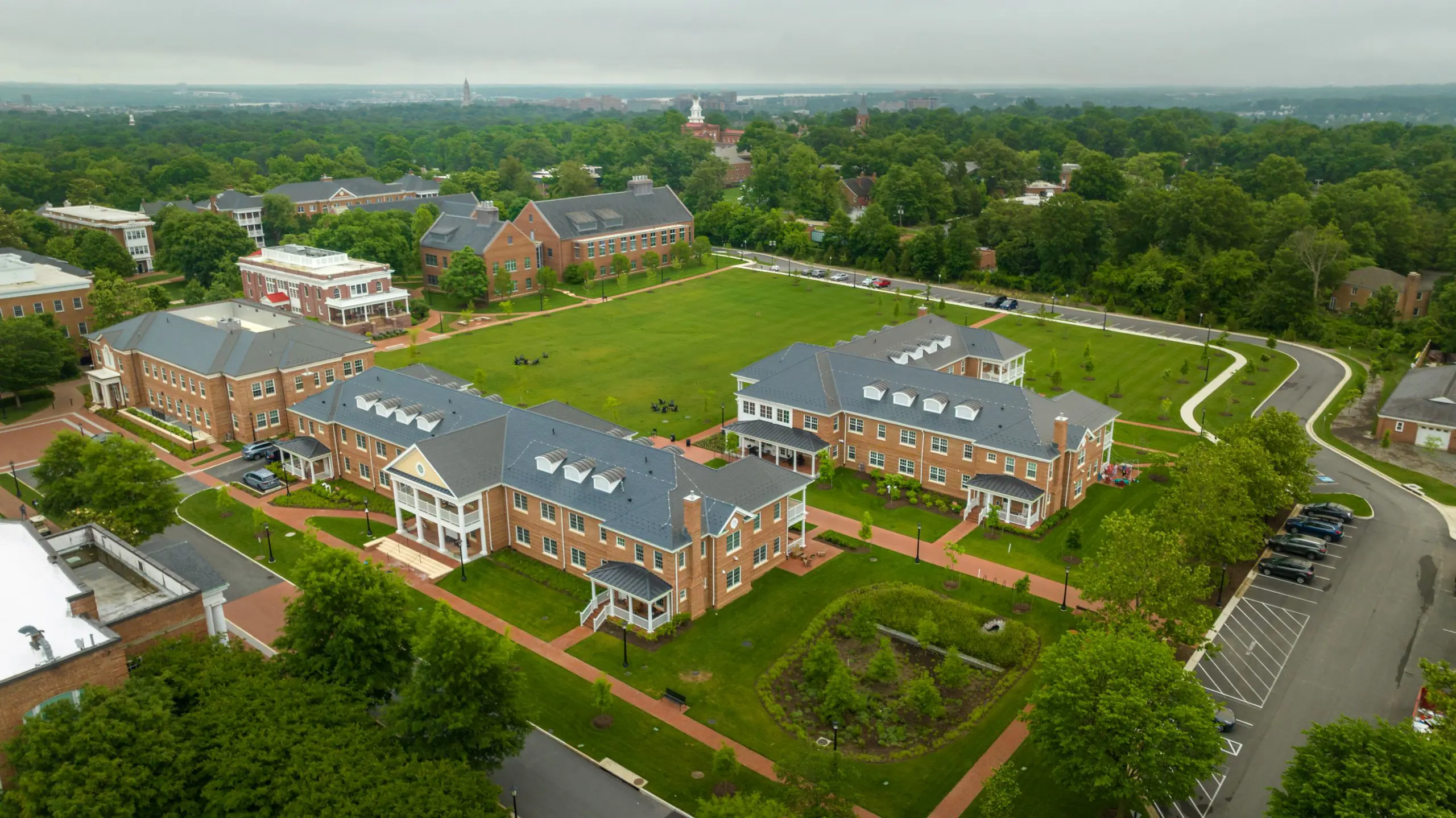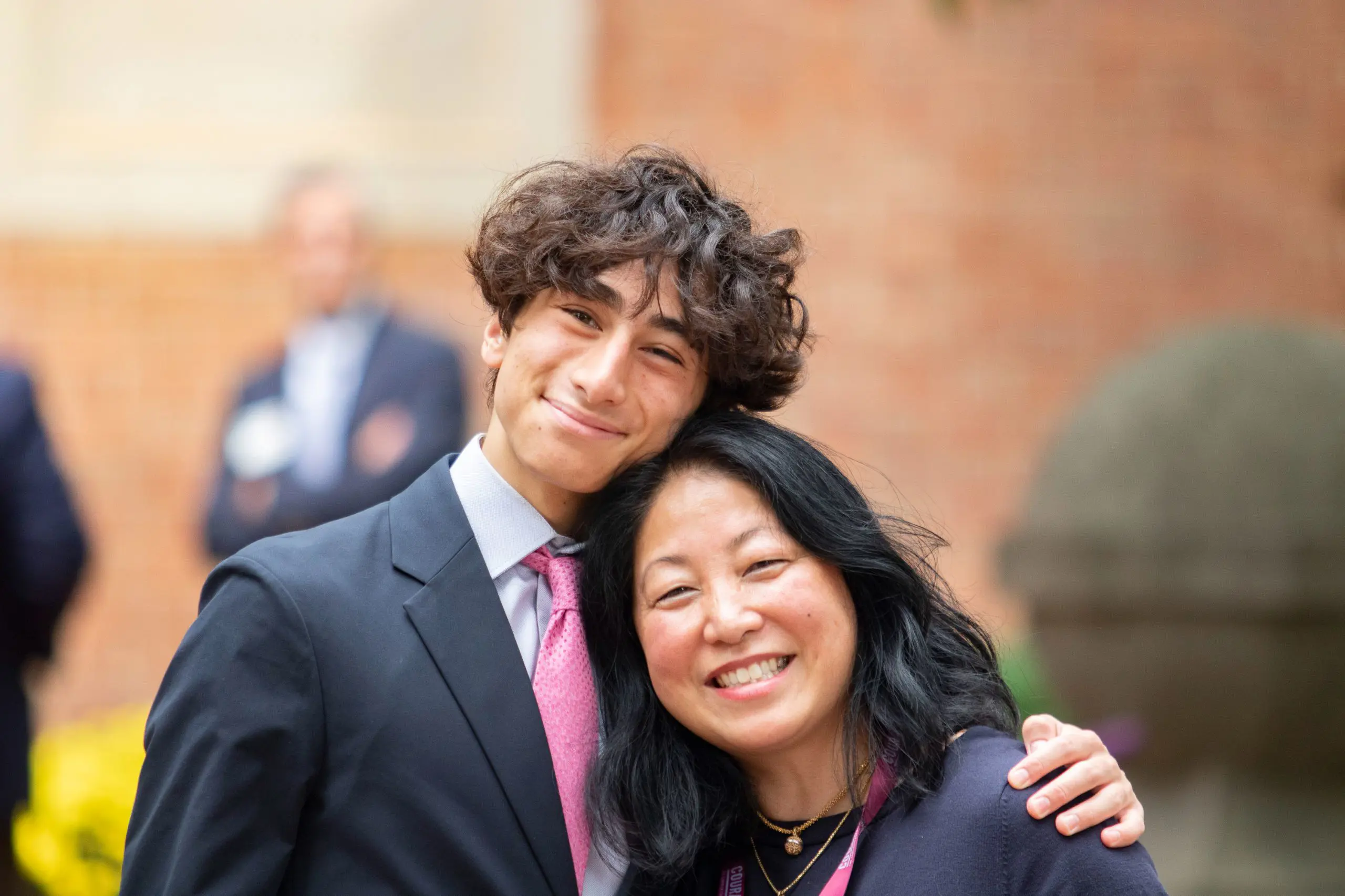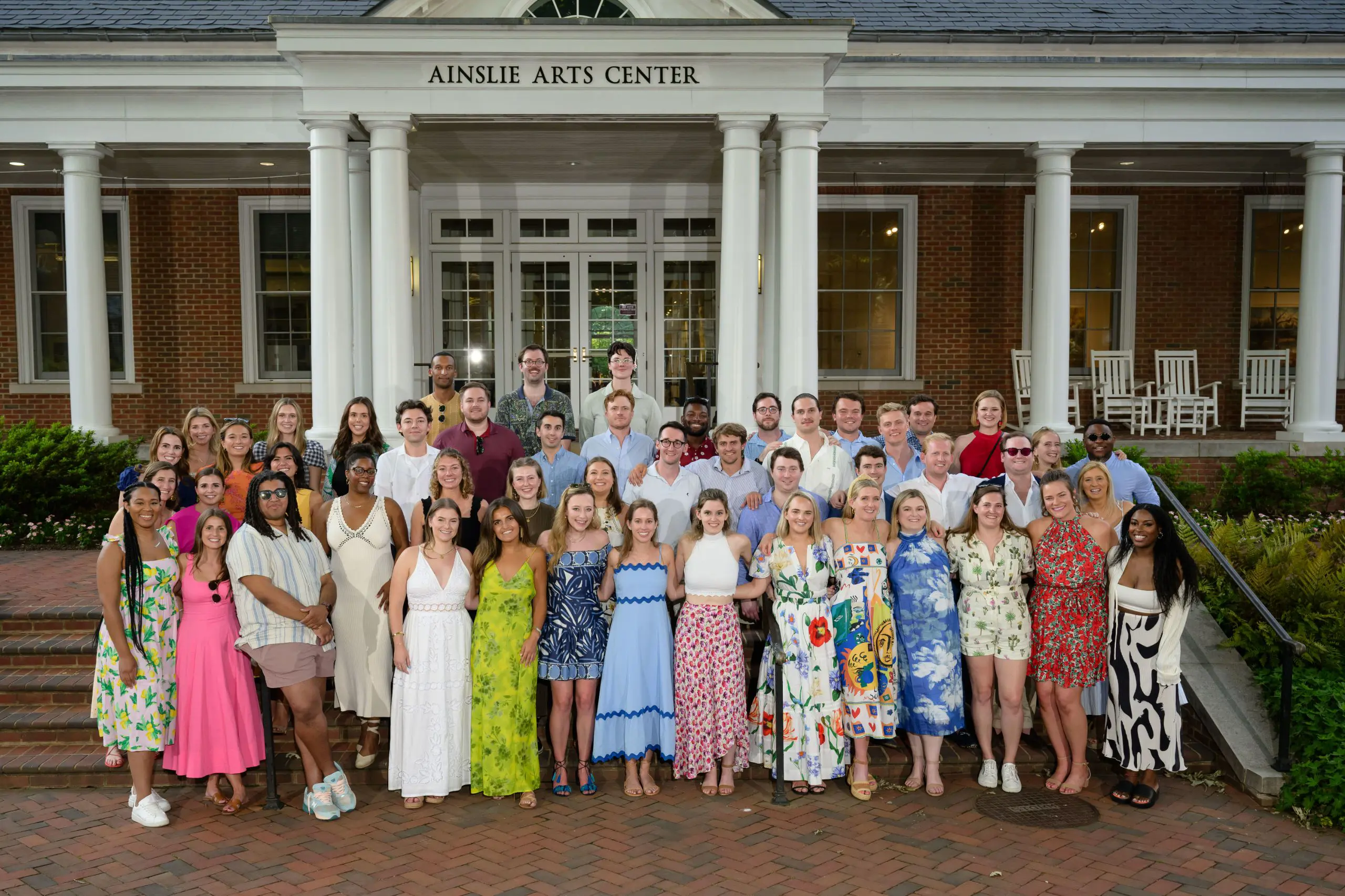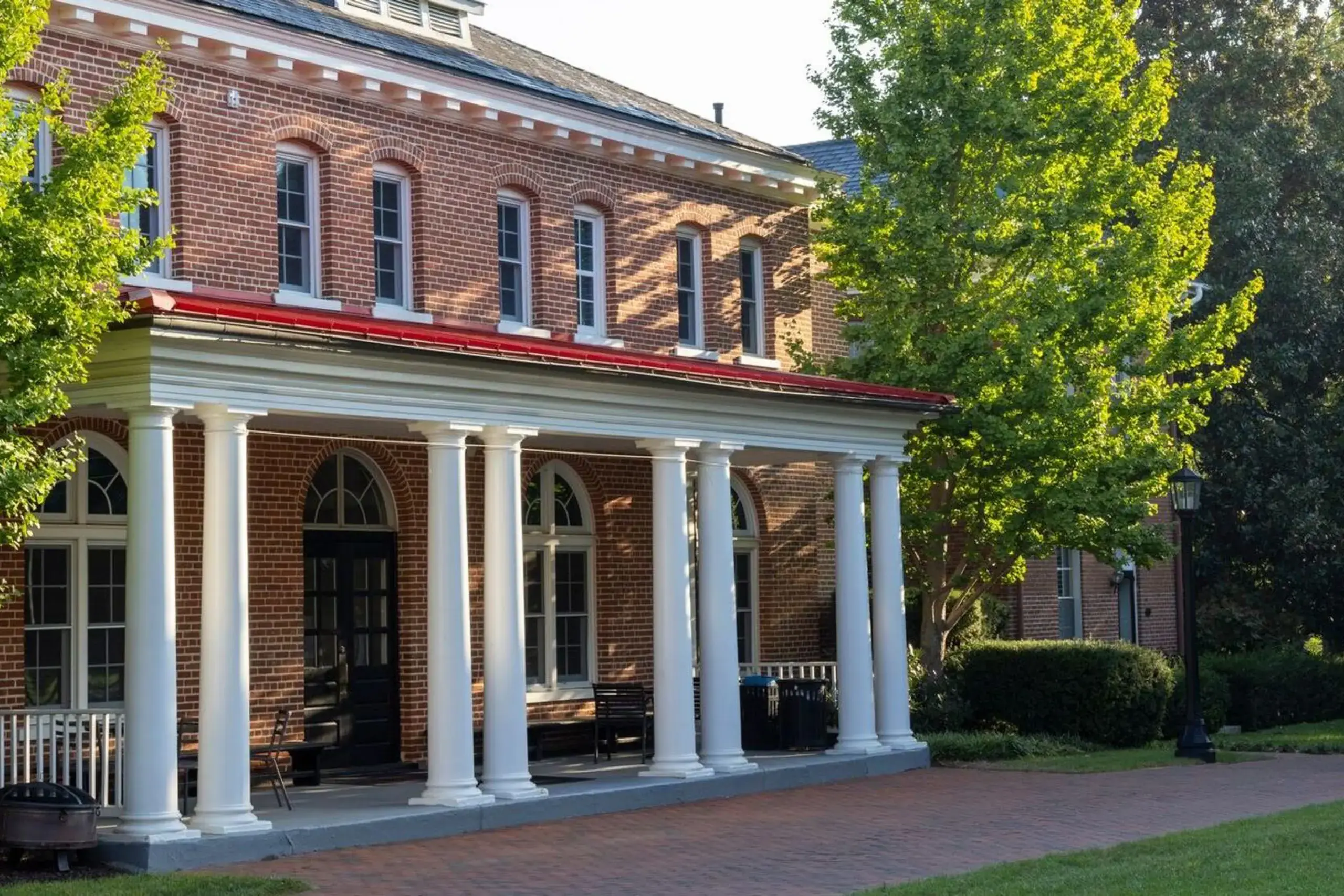In This Section
We took a tour of campus with Mr. Bastos, our Advanced Environmental science teacher, Mr. Duffield, botany teacher, and Mr. Jess Evans, head groundskeeper for the School to confirm the identity of the trees we had chosen to officially tag in the Fall of our senior year. We heard stories about the trees we identified and made sure we had the correct designation. What follows are some brief accounts and some factoids about the selected trees. We had no specific reason for choosing these trees aside from the location and the fact that they were nice to look at, and maybe special in other personal ways.

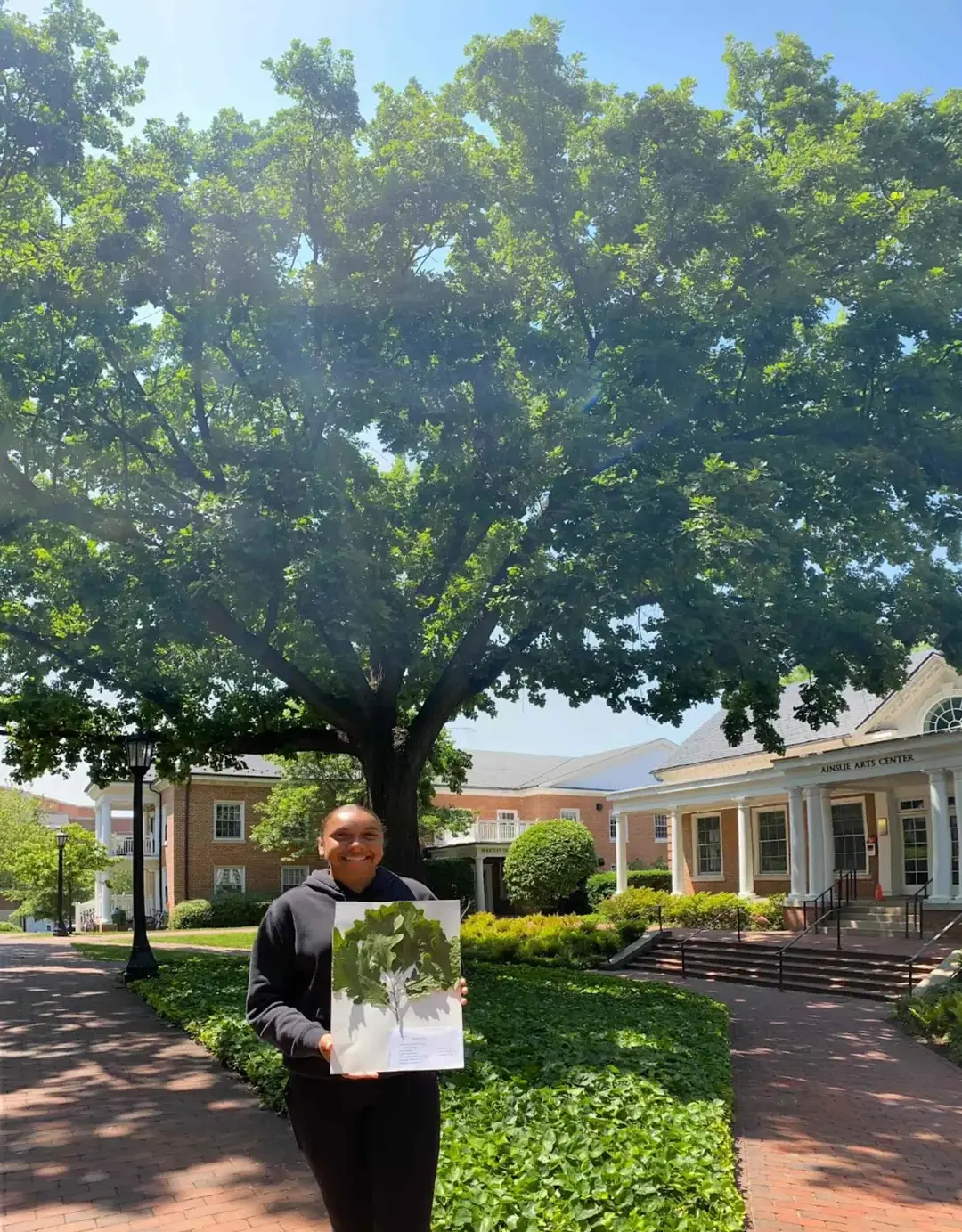
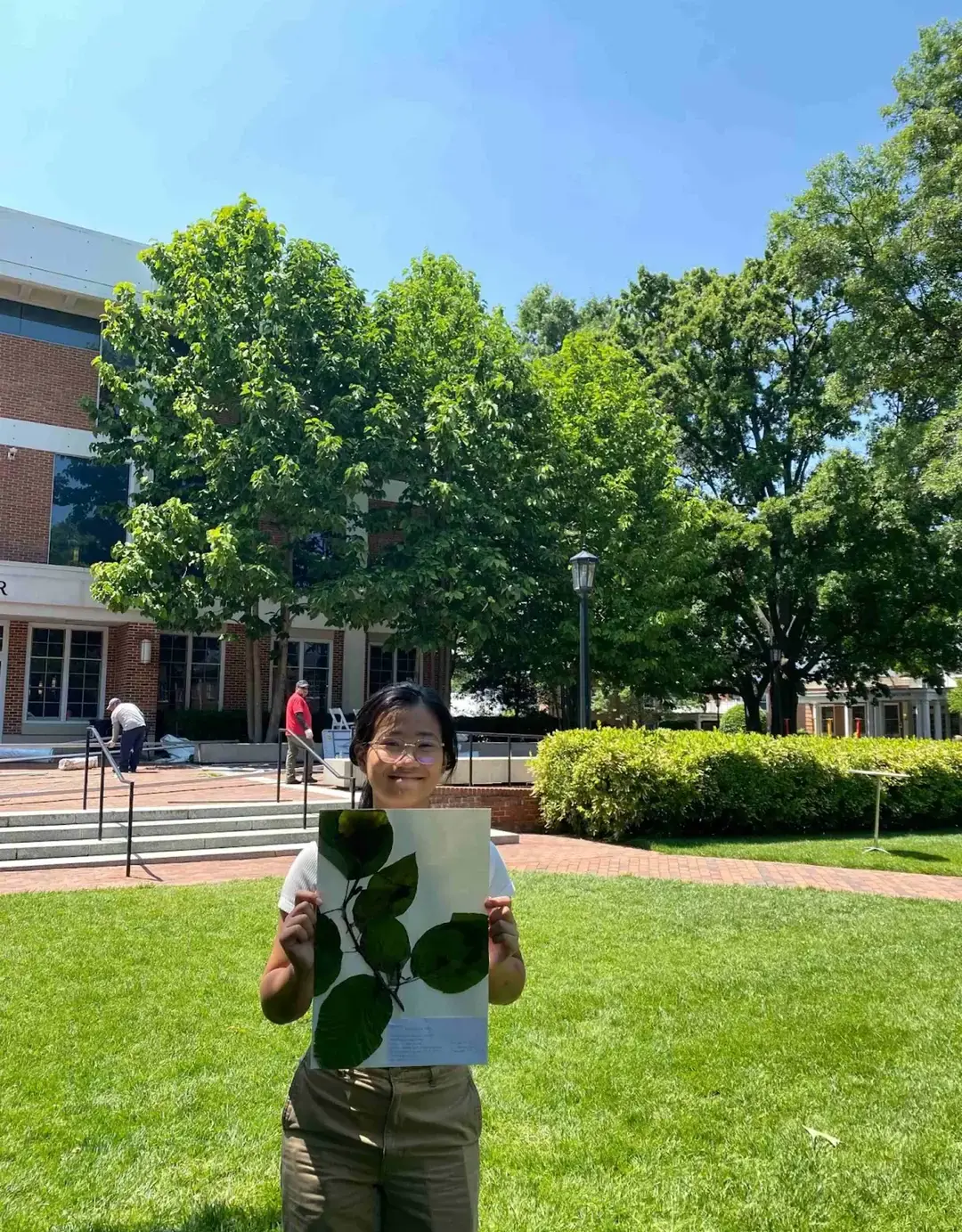
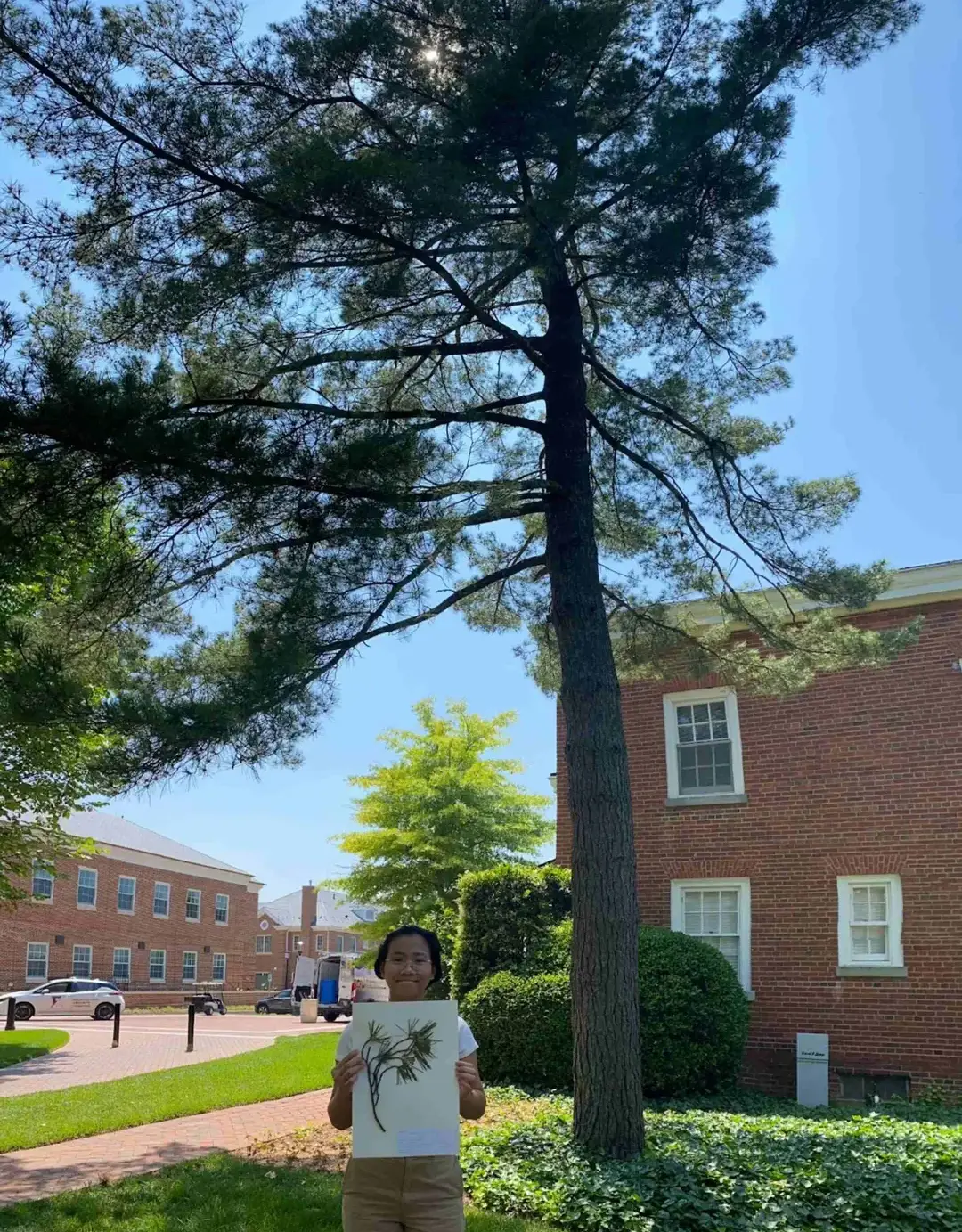
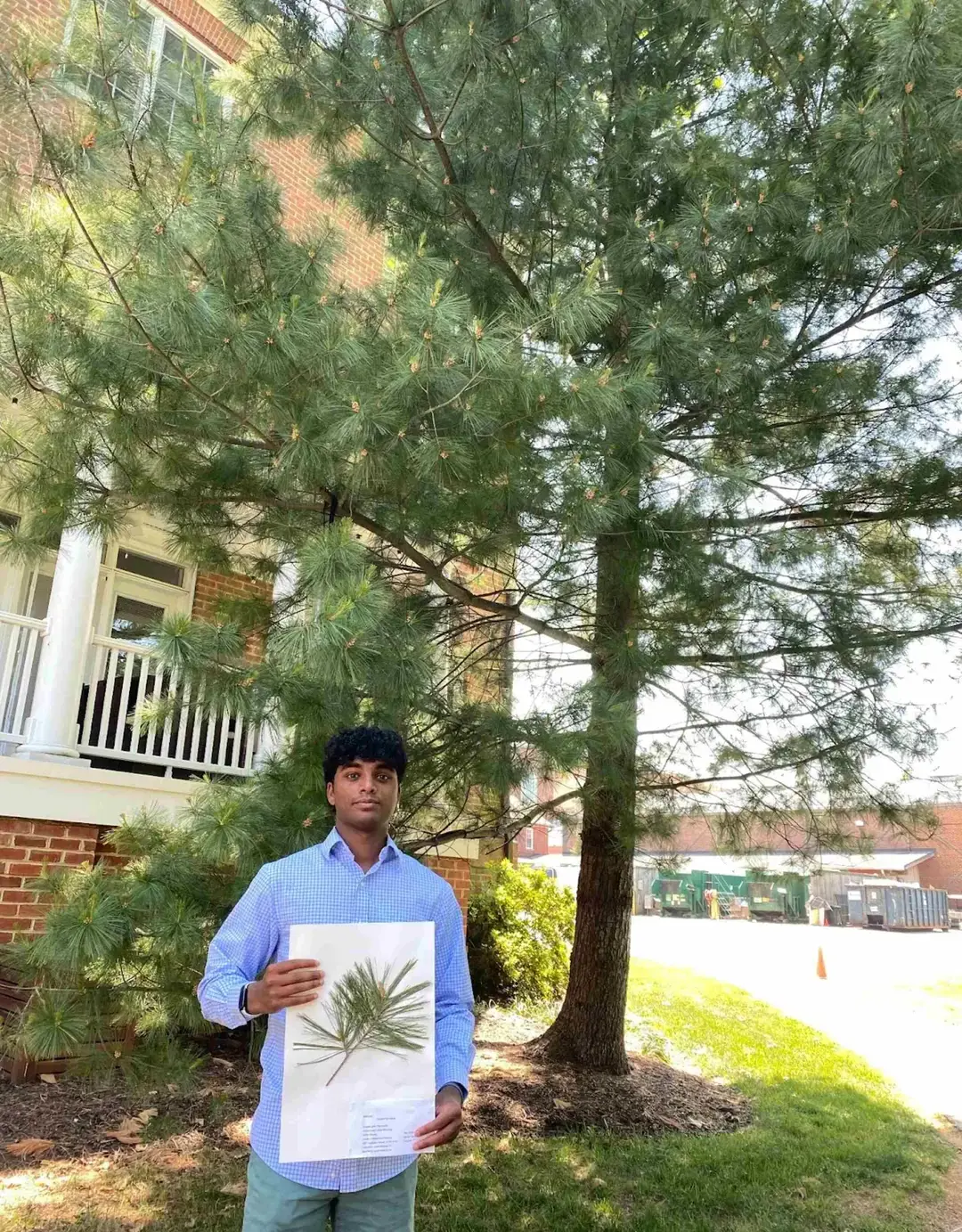
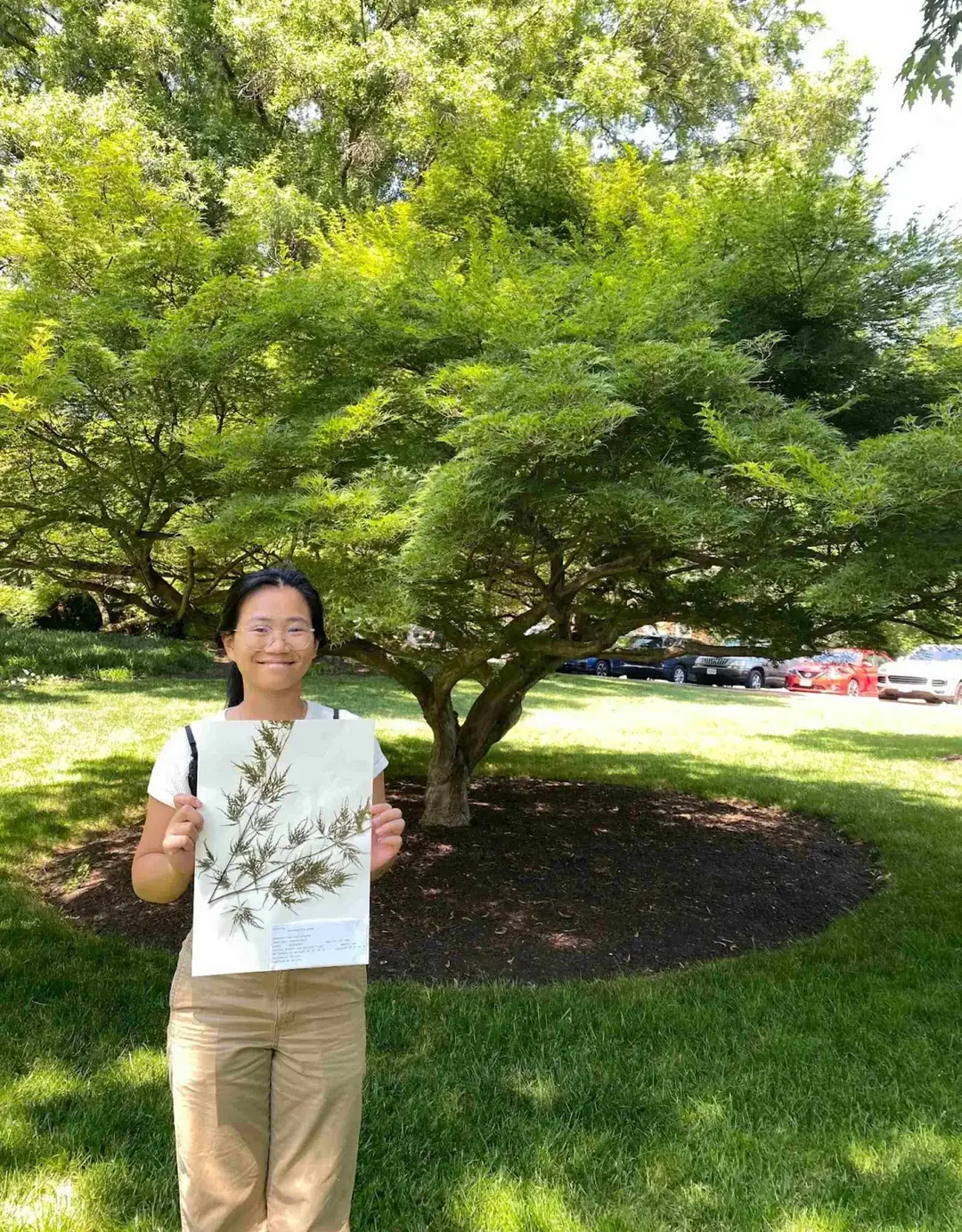
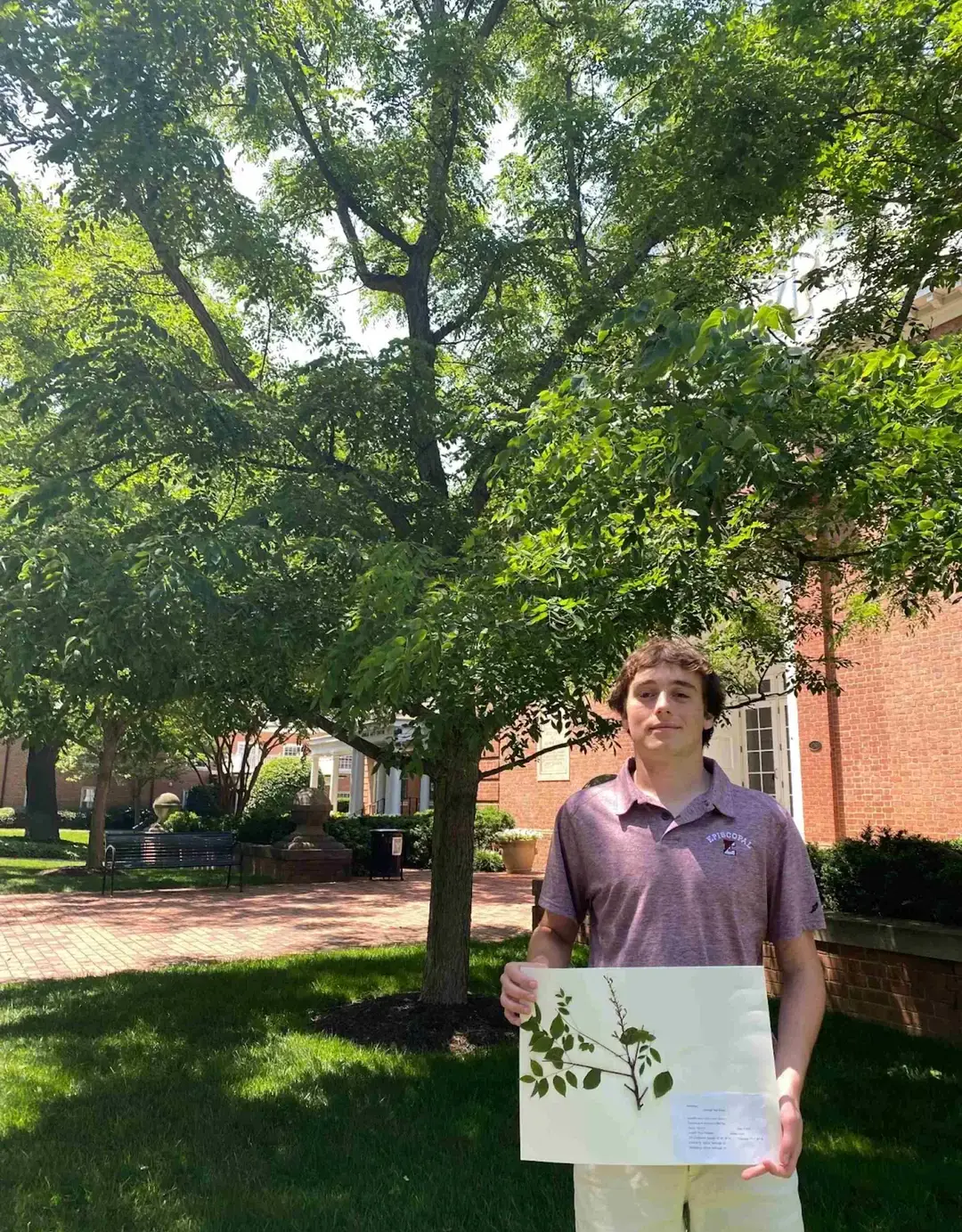
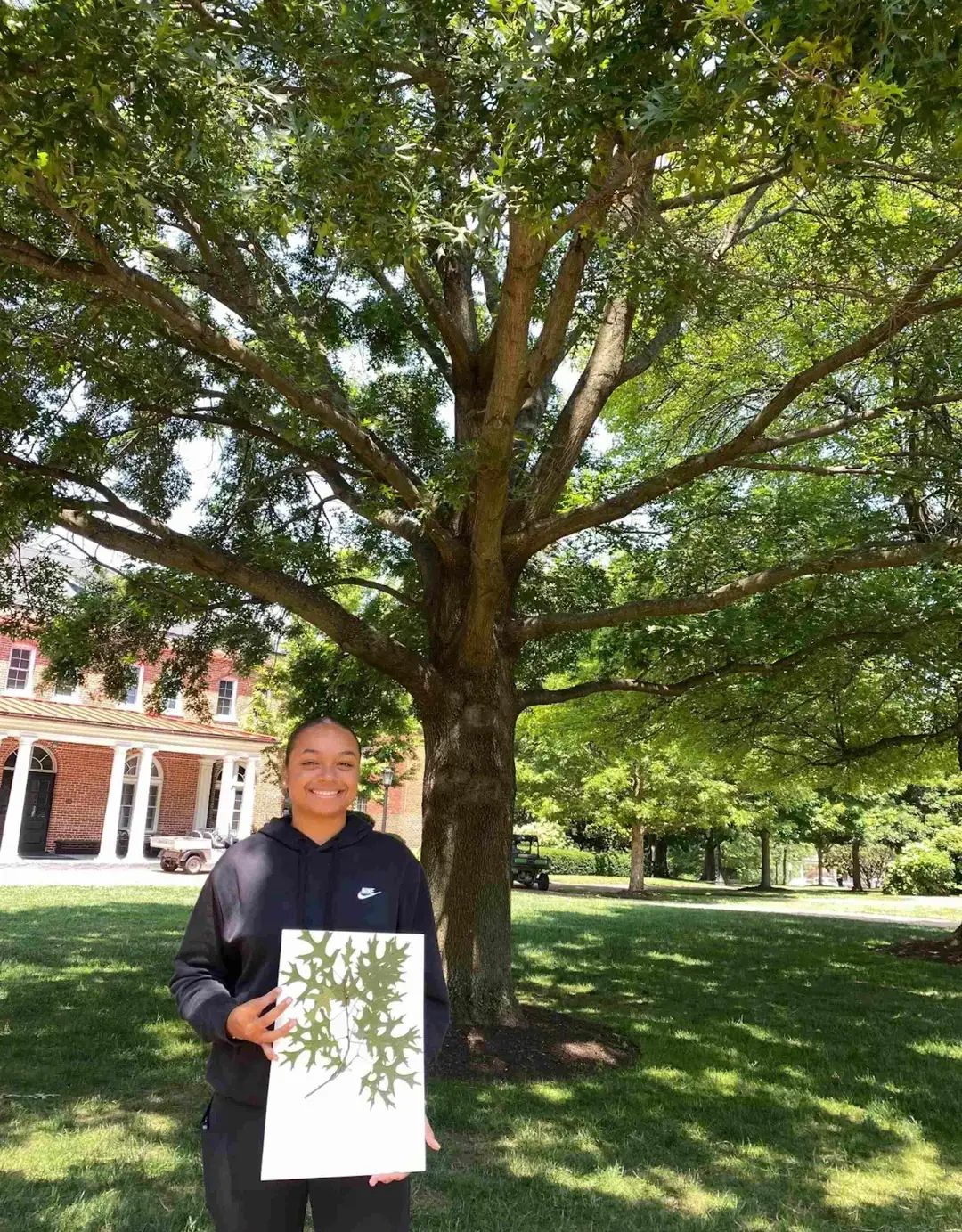
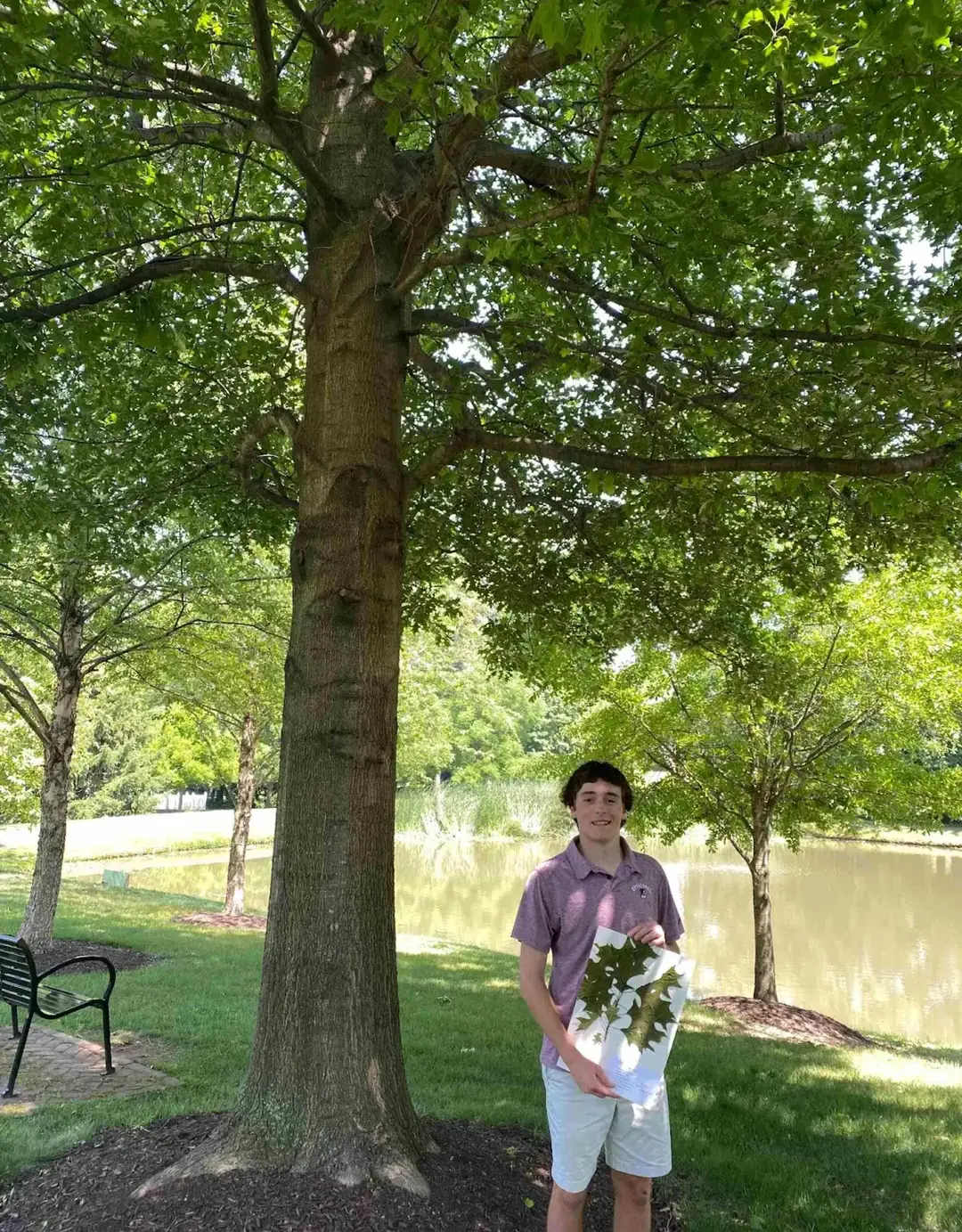
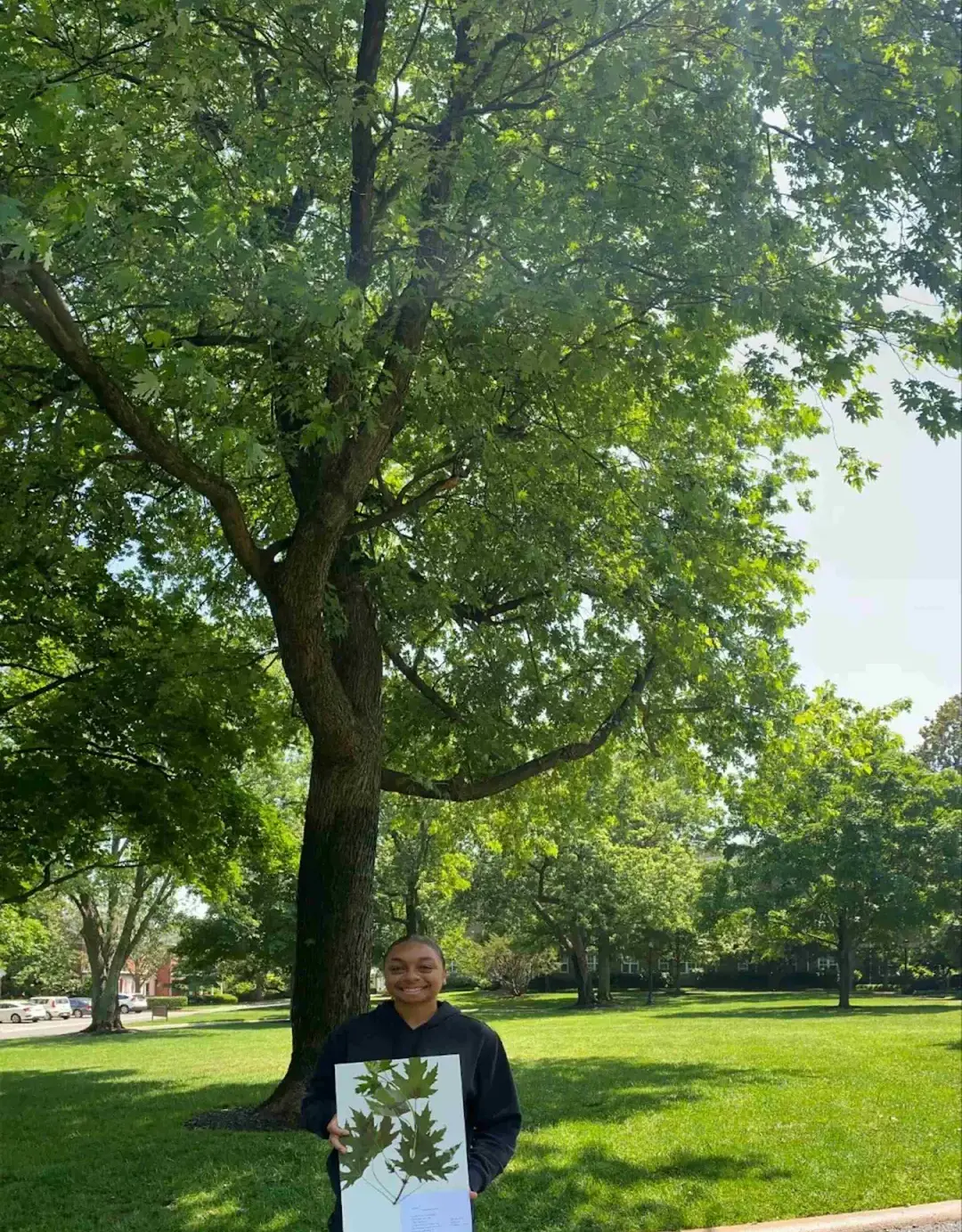
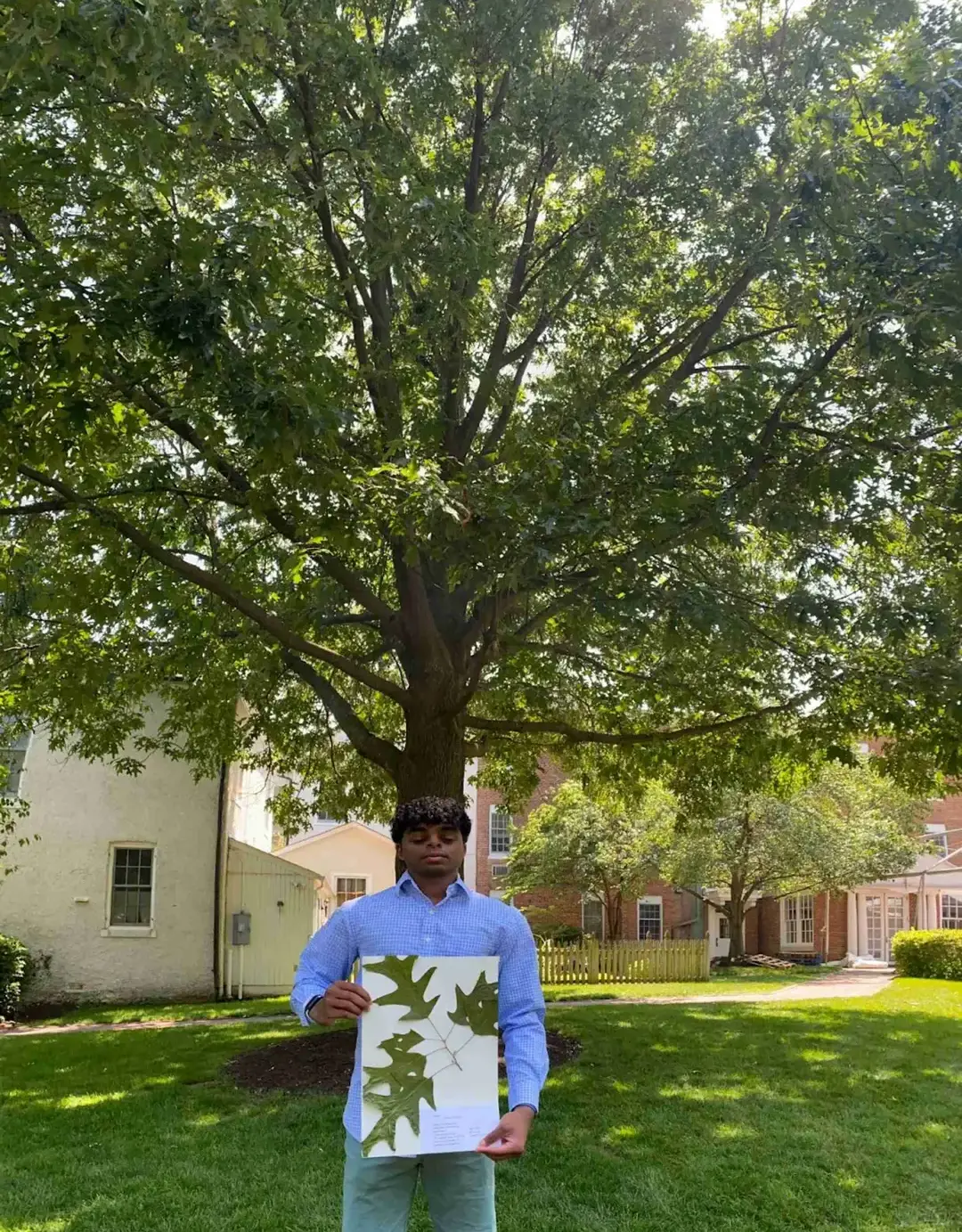

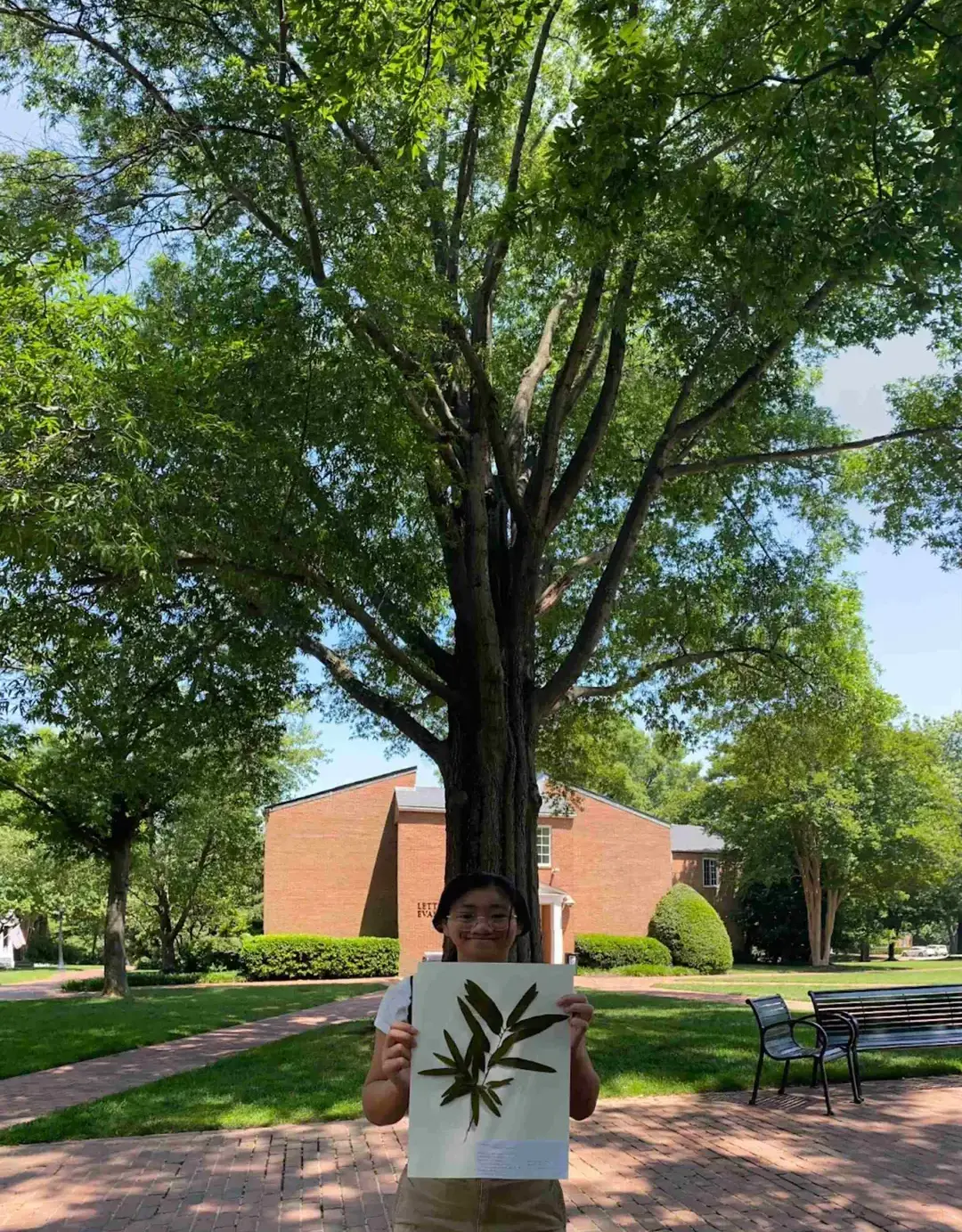
American Elm - McAllister
This hermaphroditic tree was once a dominant tree in North America, lining the main thoroughfares of towns all across the United States (Elm St. is the most common name for a street after all) before Dutch elm disease was introduced during the first half of the 20th century, which caused massive die-offs. During the refurbishing of the Old Gym, this tree had to be cut back to allow the workers to access the building, luckily the tree is healthy and doing well. According to Mr. Jess Evans, Episcopal’s head groundskeeper, this tree requires the most attention and investment to keep it that way. Another interesting factoid is that the trunks of larger individuals of this species are often completely hollow, so be careful if you stand underneath during a big storm.
By Jackson Y. ’24
Bur Oak - Ainslie Arts Center
There is only one of these trees on campus, and it is one of the most expensive trees to upkeep, costing around $1,100-$1,500 annually. This majestic tree can reach heights of 150 feet (46 meters) and offers a wonderful shady spot in front of Ainslie Arts Center. The acorns that come from this tree are the largest of all the oak trees!
By Selah S. ’24
Cucumber Tree - March Library
Right outside the March Library, this tree and four others are the only deciduous magnolias on campus. It is native to North America, it produces sweet-scented, greenish-yellow blossoms that are reminiscent of a tulip, quite beautiful. The tree gets its name from the cucumber-like seed cones that appear after its blossoms fall off. It can grow as high as 98 feet (30 meters).
By Blu T. ’24
Eastern White Pine - McAllister
Outside the former health center, now McAllister Hall I guess, is one of the lone EWP survivors of the “derecho” that hit campus in 2006 according to Mr. Duffield. The Eastern White Pine’s wood is light and durable, making it suitable for construction.
By Blu T. ’24
Eastern White Pine #2: Berkeley Dorm
This tree was planted behind Berkeley Dorm in order to provide faculty apartments with more shade. There were originally two more Eastern White Pines next to this one, but they were eventually taken down.
By Jayden M. ’24
Japanese Maple - Evans Dorm
Small but mighty this tree, next to the Evans dorm, is 60 years old! Not native to Virginia but East Asia, it has made Episcopal its home for many decades. The rich reds of the leaves in Autumn are among my favorite, it paints the campus with vibrancy and flair.
By Blu T. ’24
Kentucky Coffee Tree - Pendleton Hall
Right outside Pendleton Hall, this tree likes moist soil and tends to grow near rivers, but it’s quite happy next to one of my favorite places on campus. Its pods and seeds are toxic and care should be taken when children are around. The wood can be used to make cabinets and other furniture. According to Mr. Evans, the grass surrounding the area is the hardest to maintain on our campus because of the shade and soil conditions this tree affects.
By Jackson Y. ’24
Pin Oak - Chapel Quad
A favorite shade tree to study under for exams in May in the Chapel Quad, this wonderful tree is often decorated with streamers and lanterns in the fall. According to Mr. Duffield, one is advised not to make a barrel out of this wood, as the liquids inside will seep out of it. Its name is derived from the hardy branchlets that sprout from its larger limbs.
By Selah S. ’24
Pin Oak #2 - Anderson Pond
Anderson Pond is one of our favorite places to relax, read, fish, and contemplate. This area was once devoid of trees and students would play Frisbee and toss the ball around, trees now offer a more serene atmosphere and help to support the habitat for different animals. This tree is one of many that bring ducks, a heron, and a turtle to our campus. Jess Evans planted this tree because of its tolerance for wet conditions; the tree is also known regionally as swamp oak and water oak.
By Jackson Y ’24
Silver Maple - Front Drive
One of the front drive trees that has been witness to so many graduations, this tree is one of the most common deciduous trees in the United States. It is fast-growing and sun-loving, and can grow to 82 feet (25 meters). The twigs of this tree have an unpleasant smell when broken.
By Selah S. ’24
Southern Red Oak - Hoxton House
The first tree that head groundskeeper Jess Evans planted on campus in 1998, it can live to be 275 years, so it will be a long-lasting legacy for Mr. Evans. Before the tree was planted, there was a building that was demolished. This tree is fully grown at 70–80 feet (21–25 meters) and it sits beside Hoxton House.
By Jayden M. ’24
Sweet Cherry - Callaway Chapel
Also known as Wild Cherry, it is an excellent tree to grow to attract birds. Its small fruits ripen in late summer and many native species such as robins, blue jays, orioles, and sapsuckers will delight in eating some fruit. It will also attract insects and so many insectivorous birds, such as woodpeckers, wrens, warblers, and vireos will also delight in a meal. According to Mr. Evans, the roots of this tree are spreading out beneath the bricks of the Chapel since there is nothing to contain them, before long there will need to be some remediation to reel them back in.
By Jackson Y. ’24
Willow Oak - Strip
One of the most impressive trees on strip, this tree can live for over 100 years! It was originally planted to provide shade, and it is doing a wonderful job. The long willow-like leaves are where it gets its name. It is very popular and has an orangey/bronzy color in the fall.
By Blu T. ’24



